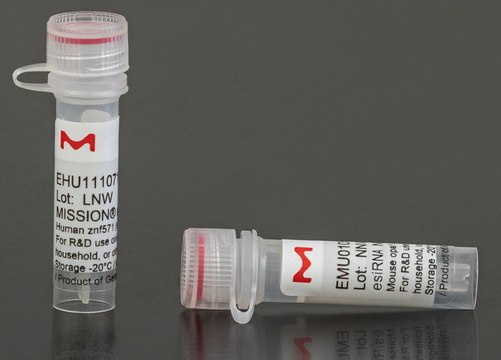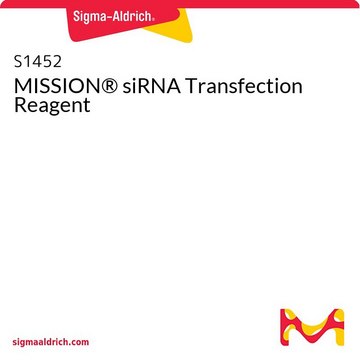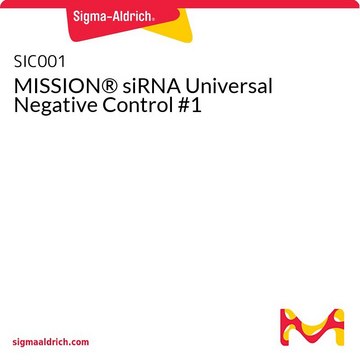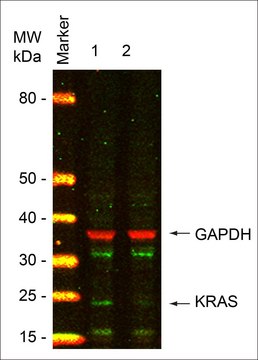SRE0006
Thymidine Phosphorylase, recombinant from Escherichia coli
recombinant, expressed in E. coli, Suitable for manufacturing of diagnostic kits and reagents, buffered aqueous solution, ≥500 units/mL
Synonym(s):
Gliostatins, PD-ECGF, Thymidine:orthophosphate deoxy-D-ribosyltransferase
Select a Size
Select a Size
About This Item
Recommended Products
recombinant
expressed in E. coli
Quality Level
form
buffered aqueous solution
concentration
≥500 units/mL
technique(s)
inhibition assay: suitable
color
colorless to yellow
solubility
soluble
water: soluble
NCBI accession no.
UniProt accession no.
application(s)
diagnostic assay manufacturing
Looking for similar products? Visit Product Comparison Guide
1 of 4
This Item | EHU106121 | EHU072971 | EHU133471 |
|---|---|---|---|
| Gene Information human ... MAPK9(5601), MAPK9(5601) | Gene Information human ... MAPK6(5597), MAPK6(5597) | Gene Information human ... MAPK8(5599), MAPK8(5599) | Gene Information human ... MAPK7(5598), MAPK7(5598) |
| Ensembl | human accession no. | Ensembl | human accession no. | Ensembl | human accession no. | Ensembl | human accession no. |
| product line MISSION® | product line MISSION® | product line MISSION® | product line MISSION® |
| esiRNA cDNA target sequence GCAAACCTGTCAGCATTGAAGGAACTCTCACCTCCGTGGGCCTGAAATGCTTGGGAGTTGATGGAACCAAATAGAAAAACTCCATGTTCTGCATGTAAGAAACACAATGCCTTGCCCTACTCAGACCTGATAGGATTGCCTGCTTAGATGATAAAATGAGGCAGAATATGTCTGAAGAAAAAAATTGCAAGCCACACTTCTAGAGATTTTGTTCAAGATCATTTCAGGTGAGCAGTTAGAGTAGGTGAATTTGTTTCAAATTGTACTAGTGACAGTTTCTCATCATCTGTAACTGTTGAGATGTATGTGCATGTGACCACAAATGCTTGCTTGGACTTGCCCATCTAGCACTTTGGAAATCAGTATTTAAATGCCAAATAATCTTCCAGGTAGTGCTGCTTCTG | esiRNA cDNA target sequence GTCCCAGTGGAAGCCAATTAACAGACGATGTGGGCTCTCTTACGGAACTGAACAGTGTTTACATTGTTCAGGAGTACATGGAGACAGACTTGGCTAATGTGCTGGAGCAGGGCCCTTTACTGGAAGAGCATGCCAGGCTTTTCATGTATCAGCTGCTACGGGGGCTCAAGTATATTCACTCTGCAAATGTACTGCACAGAGATCTCAAACCAGCTAATCTTTTCATTAATACGGAAGACTTGGTGCTGAAGATAGGTGACTTTGGTCTTGCACGGATCATGGATCCTCATTATTCCCATAAGGGTCATCTTTCTGAAGGATTGGTTACTAAATGGTACAGATCTCCACGTCTTTTACTTTCTCCTAATAATTATACTAAAGCCATTGACATGTGGGCTGCAGGCTGCATCTTTGCTGAAATGCTGACTGG | esiRNA cDNA target sequence AAGCTAAGCCGACCATTTCAGAATCAGACTCATGCCAAGCGGGCCTACAGAGAGCTAGTTCTTATGAAATGTGTTAATCACAAAAATATAATTGGCCTTTTGAATGTTTTCACACCACAGAAATCCCTAGAAGAATTTCAAGATGTTTACATAGTCATGGAGCTCATGGATGCAAATCTTTGCCAAGTGATTCAGATGGAGCTAGATCATGAAAGAATGTCCTACCTTCTCTATCAGATGCTGTGTGGAATCAAGCACCTTCATTCTGCTGGAATTATTCATCGGGACTTAAAGCCCAGTAATATAGTAGTAAAATCTGATTGCACTTTGAAGATTCTTGACTTCGGTCTGGCCAGGACTGCAGGAACGAGTTTTATGATGACGCCTTATGTAGTGACTCGCTACTACAGAGCACCCGAGGTCATCCTTGGCATGGGCTACAAGGAAAAC | esiRNA cDNA target sequence CCTTGTGACCCAGCAGCTATCTAAGTCACAGGTGGAGGACCCCCTGCCCCCTGTGTTCTCAGGCACACCAAAGGGCAGTGGGGCTGGCTACGGTGTTGGCTTTGACCTGGAGGAATTCTTAAACCAGTCTTTCGACATGGGCGTGGCTGATGGGCCACAGGATGGCCAGGCAGATTCAGCCTCTCTCTCAGCCTCCCTGCTTGCTGACTGGCTCGAAGGCCATGGCATGAACCCTGCCGATATTGAGTCCCTGCAGCGTGAGATCCAGATGGACTCCCCAATGCTGCTGGCTGACCTGCCTGACCTCCAGGACCCCTGAGGCCCCCAGCCTGTGCCTTGCTGCCACAGTAGACCTAGTTCCAGGATCCATGGGAGCATTCTCAAAGGCTTTAGCCCTGGACCCAGCAGGTGAGGCTCGGCTTGGATTATTCTGCAGGTTCATCTCAGACCCACC |
| form lyophilized powder | form lyophilized powder | form lyophilized powder | form lyophilized powder |
| storage temp. −20°C | storage temp. −20°C | storage temp. −20°C | storage temp. −20°C |
General description
The E. coli thymidine phosphorylase shares 40% sequence homology with the human sequence, which is identical to the angiogenic agent platelet-derived endothelial growth factor. The purified E. coli enzyme has been shown to stimulate blood vessel growth in chick chorioallantoic membrane assays.
Application
Biochem/physiol Actions
Unit Definition
Preparation Note
Storage Class Code
12 - Non Combustible Liquids
WGK
WGK 2
Flash Point(F)
Not applicable
Flash Point(C)
Not applicable
Choose from one of the most recent versions:
Already Own This Product?
Find documentation for the products that you have recently purchased in the Document Library.
Our team of scientists has experience in all areas of research including Life Science, Material Science, Chemical Synthesis, Chromatography, Analytical and many others.
Contact Technical Service



